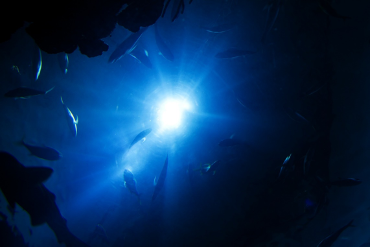
Project Recover Relies on ADL Embedded Solutions to Get the Job Done
Finding Answers
Mysterious oceanic disappearances have occurred throughout history – missing ships, aircraft, and submarines, there are many open-ended questions. Finding the answers to the myriad of questions a disappearance creates is the mission of Project Recover, a nonprofit organization dedicated to bringing America’s missing in action (MIAs) home. The Scripps Institute of Oceanography, part of University of California San Diego, participates in Project Recover and is a proud client of ADL Embedded Solutions (ADLES).
What is Involved in the Search Mission?

Searching for lost objects in the deep ocean is a tedious and challenging task. Image courtesy: Pixabay
Project Recover underwater search missions are typically four to eight hours but can last to as much as a full day. To increase operational efficiency, the Scripps Institute of Oceanography deploys ADLES’ embedded computer products to capture relevant data in the deep ocean. In the data acquisition process, the SBC performs multiple tasks including sensing, reacting to that intelligence and modifying behavior. The ADLES embedded system uses artificial intelligence (AI) to make local decisions.
The Scripps Institute of Oceanography has established the following search mission processes:

The Scripps Institute of Oceanography. Image courtesy: Tech Idea Research
Define a specific area in the ocean to be searched.
Search using Unmanned Underwater Vehicle (UUV) technology as the primary source of information acquisition for the mission.
Collect data employing an ADLES embedded solution equipped with multiple sensors.
Use wireless communication between the land-based unit and the UUV.
The communication methods include using acoustic modems, hydro telephone, and Wi-Fi if the UUV is close enough to the shore.
Satellite communication is used when the UUV comes to the surface and/or for emergency purposes.
Use artificial intelligence for data capture and its initial processing.
Data download for post-mission data analysis can be done via Wi-Fi, or a Gigabit Ethernet cable.
Perform post-mission data analysis.







